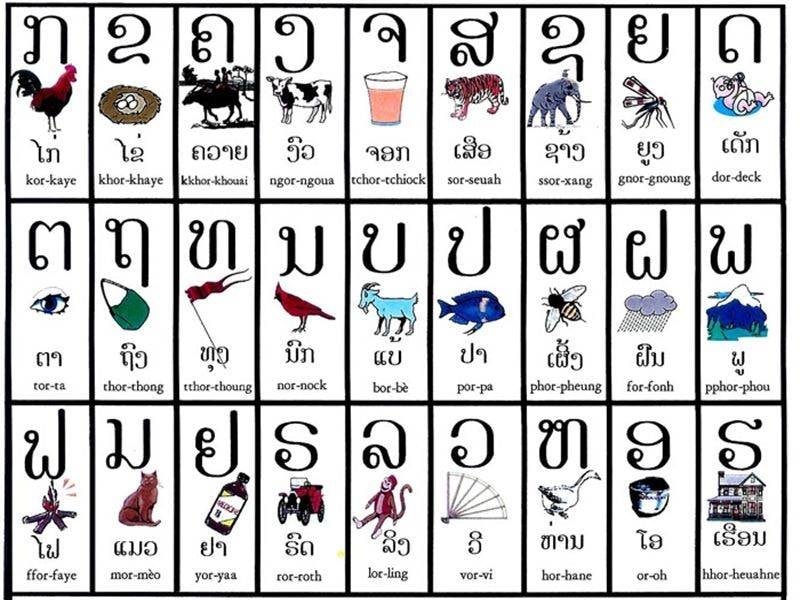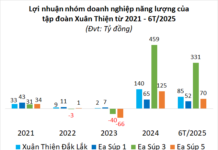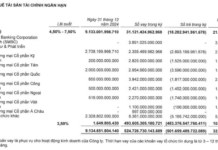
Illustrative image
That is Lao.
Recently, the Ministry of Education and Training proposed a plan for teaching and learning foreign languages in the national education system from 2026 to 2035, with a vision to 2045. The proposal includes introducing Lao in primary schools from 2026, Cambodian from 2028, and Thai and Indonesian by 2030. This initiative aims to effectively implement cooperation agreements between Vietnam and these countries, targeting schools with the demand and capacity to execute the program.
Currently, Vietnam’s primary schools officially teach seven foreign languages: English, Russian, French, Chinese, German, Korean, and Japanese. Notably, 2025 marks the first year Japanese will be included in the high school graduation exam subjects.
Additionally, the 2025 high school graduation exam allows students to choose a foreign language different from the one they studied in school, provided it is among the seven mentioned languages.
Previously, regarding Lao, Minister of Education and Training Nguyen Kim Son discussed the matter during a meeting with Khamphao Ernthavanh, the Ambassador of the Lao People’s Democratic Republic to Vietnam, on June 2. Specifically, Lao will be piloted in border areas and expanded as more teachers become available.
To integrate additional foreign languages into primary schools and teach subjects in foreign languages, the Ministry plans to develop the teaching workforce, increase the number of native-speaking teachers, and focus on creating learning materials and curricula. They will also leverage technology platforms and artificial intelligence.
Why Learn Lao, Cambodian, Thai, and Indonesian?
Alongside English, mastering additional ASEAN languages can help Vietnamese students (future young workers) increase their income and enhance their academic and career opportunities.
Lao

Lao script originates from ancient Khmer, comprising 33 consonants, 28 vowels, and 4 tone marks. Illustrative image
Currently, approximately 30 million people worldwide speak Lao, including over 3 million native speakers in Laos and about 3.7 million in diaspora communities in Thailand, the U.S., and Vietnam.
Proficiency in Lao opens doors to careers in cross-border trade and tourism. Laos is a key partner for Vietnam, particularly in hydropower and mining projects. Vietnamese companies like EVN or import-export businesses may prioritize bilingual candidates. Reports indicate that employees with Lao language skills can earn 20-30% more than the average in cross-border business, approximately VND 15-25 million/month for editorial or project management roles.
Internationally, in the U.S. Lao community, the average personal income is around $41,000/year (about VND 1 billion). In Vietnam, the greatest advantage is rapid career advancement in Vietnamese-Lao joint ventures.
Cambodian
Khmer is Cambodia’s official language, with approximately 16 million native speakers, primarily in Cambodia (over 15 million), and communities in Vietnam (about 1 million Khmer Krom in the Mekong Delta) and Thailand.
For Vietnamese, Khmer proficiency offers significant advantages in bilateral relations, especially in agriculture and border tourism. Job opportunities include tour guides at Angkor Wat, bank or logistics staff in Ho Chi Minh City working with Cambodian partners, or teaching Khmer to local communities. Earnings can range from VND 12-20 million/month for translation or border project management roles, higher than average due to increased demand from infrastructure projects like the Phnom Penh-Saigon Expressway.
In Cambodia, despite the lower national income, Vietnamese with Khmer skills often have a competitive edge, avoiding workplace discrimination.
Thai

Learning Thai opens up job opportunities. Illustrative image
Thai is spoken by approximately 60 million people, primarily in Thailand (over 50 million), and communities in the U.S. and Europe. It is the official language of one of ASEAN’s largest economies, with a high GDP per capita.
Learning Thai offers diverse career opportunities, from tourism (guiding Thai tourists in Vietnam) to business (working with Thai corporations like CP Group or Thai Beverage investing in Vietnam). Studies show that Thai-speaking employees have better career prospects, with salaries 15-25% higher in import-export or hospitality. In Vietnam, earnings can reach VND 20-35 million/month for project management or interpretation roles. Internationally, in the U.S., Thai-related jobs (e.g., customer service) offer $45,000-$61,000/year. Thailand is an attractive destination for Vietnamese workers, and language skills help overcome cultural barriers in manufacturing and technology.
Indonesian
With over 200 million speakers (97% of Indonesia’s population), Indonesian is Southeast Asia’s most widely spoken language, surpassing others in the region. It serves as the official language in Indonesia and connects over 270 million people across the archipelago.
In Vietnam, Indonesian proficiency opens opportunities in oil and gas trade, agriculture, and tourism with ASEAN’s largest partner. Positions like import-export specialists for Indonesian companies (e.g., Pertamina) or roles in Vietnamese industrial zones can earn VND 18-30 million/month, higher due to increased demand from free trade agreements.
Experts call it the “golden language” for careers in Asia, with job potential in Singapore or Malaysia, where earnings can reach $50,000/year for regional management roles. Indonesia is a major job market for Vietnamese workers, with language skills enabling access to higher-level positions.






































